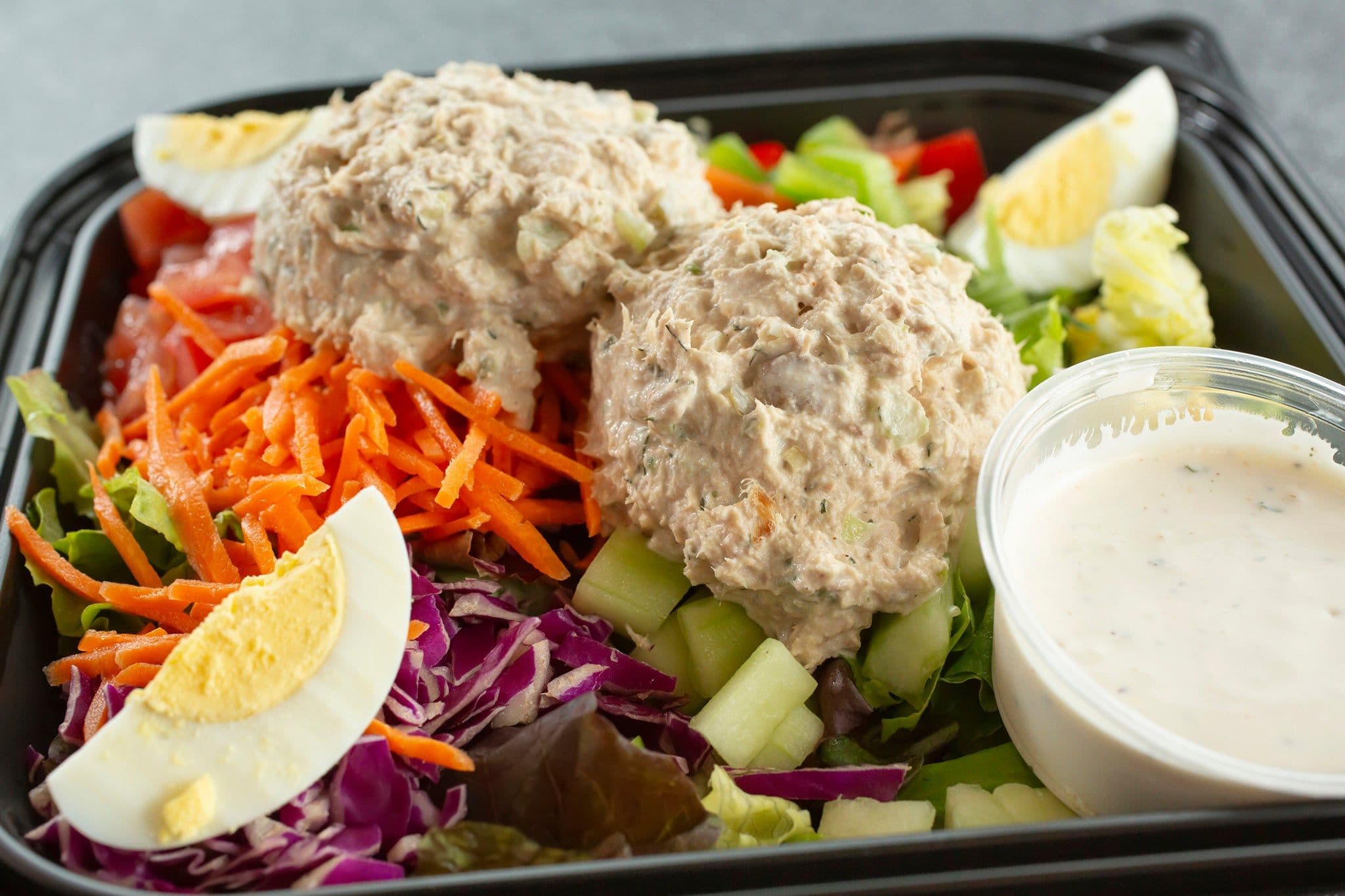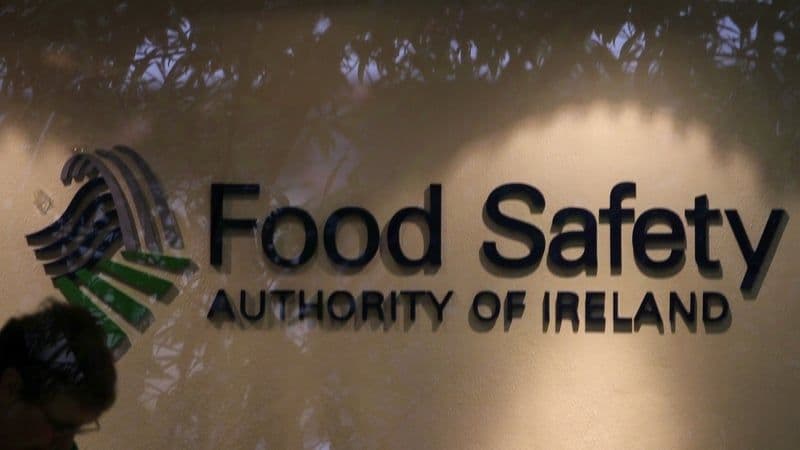The Unseen Threat on Your Plate: Navigating the Listeria Labyrinth
Unmask Listeria's silent threat. Discover how it contaminates food, who's vulnerable, and crucial steps to proactively protect your family's health and kitchen.
The Silent Invader: Understanding Listeria's Stealth
Imagine a threat that thrives in the very environment we trust to keep our food safe: the refrigerator. This is the cunning of [Listeria monocytogenes]{.entity data-type="PRODUCT"}, a bacterium that stands apart from many common foodborne pathogens. Unlike its counterparts that wither in cold, Listeria actually grows at refrigeration temperatures, making it a particularly insidious contaminant in chilled, ready-to-eat foods. It’s a remarkable survivor, capable of enduring harsh conditions, including high salt concentrations often found in processed items like cured meats or, as recent warnings have highlighted, . This resilience allows it to linger in processing plants, establish biofilms on surfaces, and silently spread to products, often without altering the food's taste, smell, or appearance. For the unsuspecting consumer, this means a contaminated item could look perfectly fine, masking a potentially serious health risk. Its widespread presence in natural environments – soil, water, vegetation – ensures it's a constant, unseen guest in our food supply chain, ready to exploit any lapse in hygiene.
Unmasking the Risk: Who's Most Vulnerable and Why
While a healthy individual might experience only mild, flu-like symptoms or even no symptoms at all when exposed to Listeria, for certain populations, this bacterium poses a grave danger. The elderly, whose immune systems naturally weaken with age, are highly susceptible. Similarly, individuals with compromised immune systems due to conditions like cancer, HIV/AIDS, kidney disease, or organ transplants face a significantly elevated risk of severe illness. However, the most concerning vulnerability often lies with . Even a mild infection in the mother can lead to devastating consequences for the unborn child, including miscarriage, stillbirth, premature birth, or life-threatening infections in newborns. This heightened susceptibility stems from their body's altered immune response during pregnancy, which inadvertently makes them more vulnerable to pathogens that might otherwise be easily fought off. Understanding these distinct vulnerabilities transforms Listeria from a general food safety concern into a targeted public health imperative.
From Farm to Fork: Tracing Contamination Pathways
The journey of Listeria from its natural habitat to our dinner plates is a complex web of potential contamination points. It begins in the environment, where the bacterium is commonly found in soil and water, and can be carried by animals. This means raw agricultural products, like fruits and vegetables, can pick it up. However, the real challenge often emerges during food processing. Listeria is notorious for establishing itself in food processing facilities, lurking in drains, on floors, or within equipment that isn't meticulously cleaned and sanitized. Cross-contamination becomes a significant issue, where the bacteria from raw ingredients or contaminated surfaces can transfer to ready-to-eat foods, such as deli meats, soft cheeses, or smoked fish – precisely the kind of product that recently prompted warnings from authorities like the in the . Since these foods bypass further cooking, any Listeria present remains active, multiplying even under refrigeration, amplifying the risk before it ever reaches the consumer's home.
Your Plate, Your Protection: Navigating Food Safety at Home
Empowering yourself against Listeria means adopting proactive food safety habits right in your kitchen. Given its ability to thrive in cold, maintaining a refrigerator temperature at or below 4°C (40°F) is paramount, and a thermometer can be your best friend here. Always separate raw foods, particularly meats and seafood, from ready-to-eat items to prevent cross-contamination, and use separate cutting boards and utensils. Thoroughly cook all raw meat, poultry, and seafood to their safe internal temperatures. For high-risk foods like deli meats and hot dogs, reheating them until steaming hot is a wise precaution, especially for vulnerable individuals. Pay close attention to 'use-by' dates on perishable items, and when in doubt, throw it out. Simple acts like washing your hands frequently and cleaning surfaces that come into contact with food can significantly reduce the risk. By integrating these practices into your daily routine, you become the final, crucial line of defense, safeguarding your health and that of your loved ones.
Building Trust: The Evolving Landscape of Food Regulation
Maintaining public trust in our food supply requires a dynamic and vigilant regulatory framework, a responsibility shared by government agencies and the food industry itself. National bodies, like the Dutch , play a critical role in monitoring food products, conducting inspections, and issuing public warnings or recalls when contamination, such as that found in , is detected. Their proactive communication is vital for consumer safety. Beyond reactive measures, the industry is increasingly implementing advanced preventative strategies, including rigorous sanitation protocols and sophisticated testing methods, to detect and eliminate Listeria before products even leave the plant. However, the global nature of food production, coupled with the bacterium's adaptability, presents ongoing challenges. This necessitates continuous research, international collaboration, and the development of new technologies to enhance pathogen detection and control. Ultimately, the commitment to food safety is a collective endeavor, with regulators, producers, and consumers each playing their part to ensure that what ends up on our plates is both delicious and undeniably safe.
Related Articles

When Dinner Delivers Danger: Inside the World of Food Safety Alerts

When Dinner Delivers Danger: Inside the World of Food Safety Alerts

From Pantry Staple to Public Hazard: The Unseen Vulnerabilities Behind the Tuna Recall

From Pantry Staple to Public Hazard: The Unseen Vulnerabilities Behind the Tuna Recall

The Unseen Threat in Your Supper: Unpacking Ireland's Ready Meal Crisis

The Unseen Threat in Your Supper: Unpacking Ireland's Ready Meal Crisis

More Than Just a Recall: Unpacking the Wiltmann Salami Incident's Broader Implications
